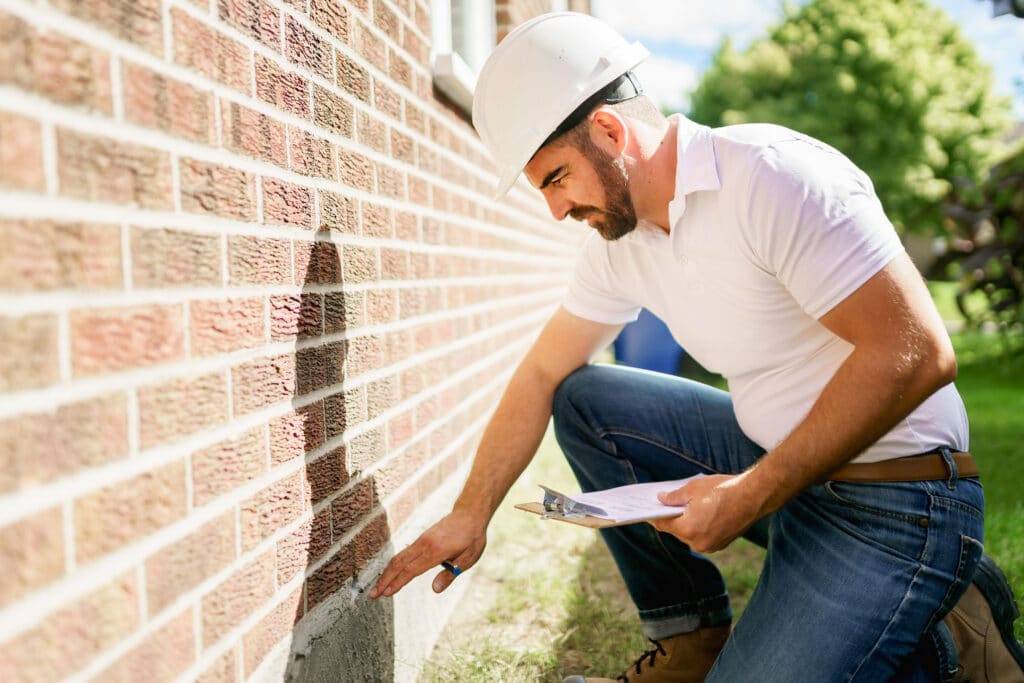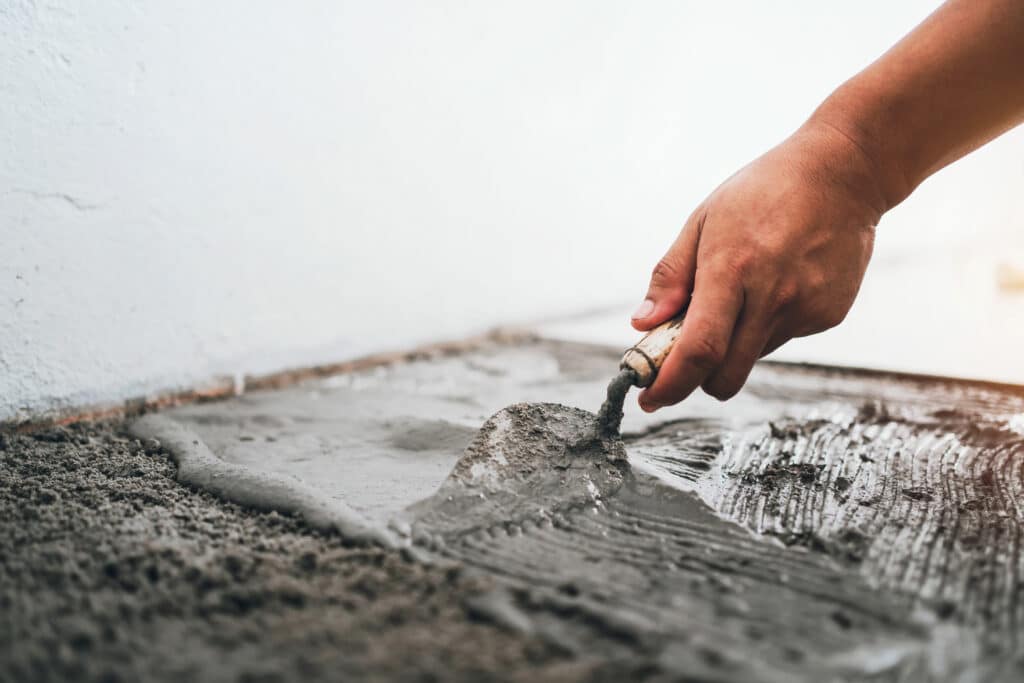Common Causes of Foundation Problems in Tulsa
Foundation issues have a few possible causes. Here are the most frequent ones for Tulsa residents:
- Standing water: Water accumulation around your home can harm your foundation, especially when it collects in areas your gutter system doesn't protect.
- Improper modifications: Roofing or landscaping work that wasn't done to standard could result in your foundation settling.
- Aging plumbing: The average Tulsa home construction year is 1975. If you live in an older home, it's likely to have cast-iron plumbing. When the pipes start to erode, leaking water could reach your foundation and even pool beneath it.
- Tree Roots: Tree roots can encroach on a home's foundation through cracks, and may apply force that leads to your foundation fracturing, pipes rupturing, and overall structural weakening.
How to Choose the Best Foundation Repair Company
When choosing a foundation repair company, you should consider your personal priorities. Ask each contractor on your list about the following qualities.
Licensing and Experience
According to the Oklahoma Construction Industries Board, foundation repair companies do not need a state license. However, cities and counties can still mandate licensure for contractors in their limits. Contact the Tulsa and local county governments for more information on your local requirements. You can also get a sense of a company's experience through what its representatives say. Ask about its inspection processes, local code requirements, permit-pulling procedures, and fees.
Contractor websites are excellent places to do your research. Usually, a foundation company will disclose how long it's been operating. It might also share other content to assist interested parties.
Customer Reviews
When you're researching a company's credibility, visit its Better Business Bureau (BBB) profile. There, you can find its rating and a list of customer reviews, both complaints and positive experiences. Remember that complaints don't necessarily mean a contractor is incompetent. BBB comments also show how companies resolve complaints. A responsive team that works toward positive outcomes is a good one. Steer clear of a contractor if you don't see clear communication about problems.
Foundation Repair Cost in Tulsa
The price of foundation repair can vary substantially depending on the extent of the issues and what's necessary to resolve them. For minor foundation cracking and settling concerns, you may pay as little as $1,800. However, if there is significant damage, the typical cost lands at about $2,200. More involved projects involving tunneling, helical piers, or major mudjacking could cost upwards of $6,600. See below the average foundation repair costs for common issues.
| Common Foundation Repair Services | Average Cost |
|---|---|
| Crack Repair | $272 |
| Leak Repair | $2,058 |
| Stabilization | $3,473 |
| Underpinning | $1,047 |
| Waterproofing | $2,260 |
Ready to Get a Quote on Your Foundation Repair Project?
Please enter a valid 5-digit zip code!
Frequently Asked Questions About Foundation Repair in Tulsa
How much does foundation repair cost in Tulsa?
When would I need a foundation replacement, and when could I just get a repair?
What are the different types of foundations in Tulsa?
Will foundation repair disrupt my daily routine while the work's being done?
To share feedback or ask a question about this article, send a note to our Reviews Team at reviewsteam@thisoldhousereviews.com.
More Foundation Resources
National Foundation Repair Ranking Methodology
Sources
U.S. Census Bureau (American Communities Survey)
















